Still hot from the solder party, a new AND!XOR badge just landed on my desk courtesy of the hacking crew that has been living the #badgelife for the past five years. Originally based on the Futurama character Bender, the design has morphed to the point that it’s no longer recognizable as a descendant of that belligerent robot. Instead we have a skeletal midget whose face is half covered by a gear-themed mask.
At first glance, you might not even notice the character design because you’re too distracted by the beautiful composure of the hardware. This year’s badge includes a double stack-up of acrylic on top of a red circuit-board. Anyone who has used acrylic bezels in a badge design can tell you the cost for material and laser cutting time is significant. In this case the overall aesthetic of the badge is based upon the look of the mirrored gold with the art detail laser etched into the back. It’s a unique bling without even turning the power on.
When you do flip that hard switch next to three AAA batteries secured to the back of the badge, you’re greeted with RGB LEDs hidden under the etched parts of the faceplate, and both a 128×64 OLED screen and a 160×128 color LCD. The larger screen provides the menu system which is navigated via the Blackberry keyboard worn by the skeletal midget like a belt.
The Blackberry keyboard is a hot trend this year as we’ve seen the Blackberry PMOD KeyBoard that sells out every time it hits Tindie, and projects like the LoRa QWERTY Messenger sourcing them for delicious backlit user input. Why not? The original hardware was a homerun, so it makes sense the surplus replacement stock is now being embraced by hardware hackers.
If you don’t want to type everything with the edge of your thumb, the USB-C port on the bottom of the board provides terminal access. A really nice touch is that the badge also enumerates as USB mass storage, providing access to the readme file as well as a way to load new animations, images, and BASIC programs.
These things must have been a huge hassle to assemble. The keyboard is attached with some clear sticky mounting squares and two tiny screws that thread into holes on the faceplace. That’s not the hard part… the cable threads through a hole, loops somewhere under the stackup, and then snaps into a connector on the board. Four screw bosses hold the acrylic in place, and the two screens adhere to the spacer layer of acrylic. Taking it apart we get a nice look at the underside of the laser-etched acrylic.
An STM32F412RET6 is at the heart of the design. There are far fewer LED than in previous years so there is no dedicated LED driver. The choice there was to use APA-102 RGB LEDs which are driven with simple SPI signals. If you’re wondering about the cuttable traces seen in gold, [Zapp] says he uses them while prototyping the badges in case components need to be rerouted. Normally they’d be hidden, but since the board is covered by acrylic he left them in on the production board.
That beefy QR code? Yeah, it resolves to a sketchy URL:
https://secure.verylegit.link/private-key(3ad-shockwave-flash.jar.docm
Further investigation shows it leads to a 302 “moved temporarily” redirect which goes… and you’ve probably already guessed this… to a video of our friend Richard Paul Astley.
The Game, the Culture, the Goodies
The real fun of these badges are the puzzles and interactive activities wrapped inside the firmware. I haven’t had time to dive into those but they are as present as in all previous years, including a public Slack channel where friend exchanges can be done to unlock challenges within. A few guidelines for the capture the flag are mentioned on the project’s documentation page.
The AND!XOR badge is always one of the hottest unofficial DEF CON badges for collectors and this year is no different. Except of course it’s all extremely different since DC is actually cancelled and we’re all socially distancing. How do you distribute hundreds of badges when nobody is centrally located?
As always, they produced a few hundred of these badges. Some of them were sold, but most of the badges were given away for free, underwritten by the companies that sponsored this badge. The distribution scheme for the free badges was an awesome one, sending caches of badges to trusted hackers in locations all over North America which were then given to people who solved challenges or were “doing great hacker things”.
I can’t wrap up this review without mentioning how the badge was wrapped when it arrived. This stretchy sleeve provided a bit of padding around the anti-static bag and can be used as a pandemic mask. But look closely, you’ll see this is custom printed material that includes the silhouette of each of the AND!XOR badges that came before this. It’s unique, incredibly awesome, and a testament to the team’s devotion to making everything about their badges awesome because just because they can.

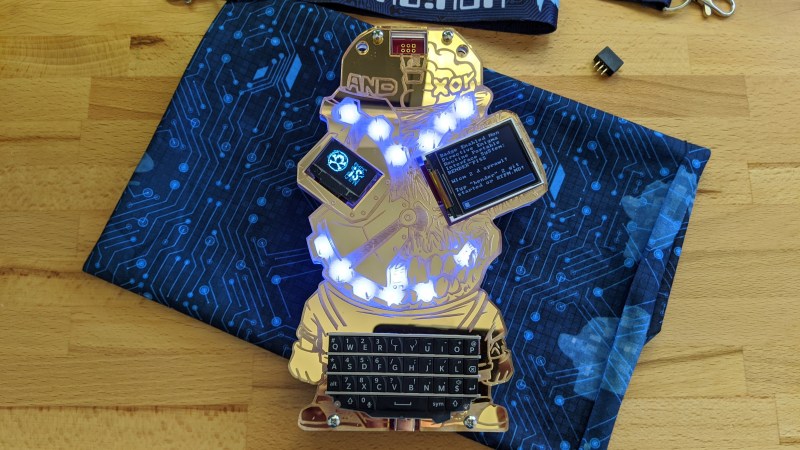

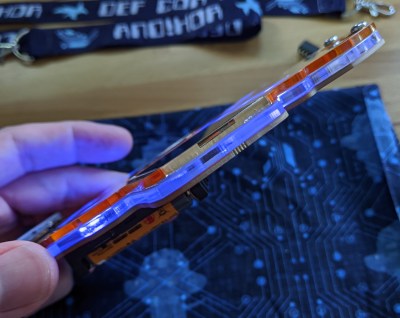
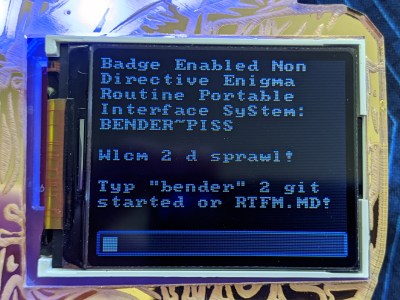
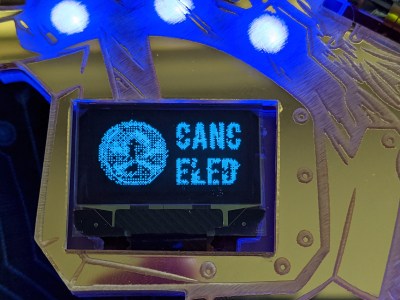
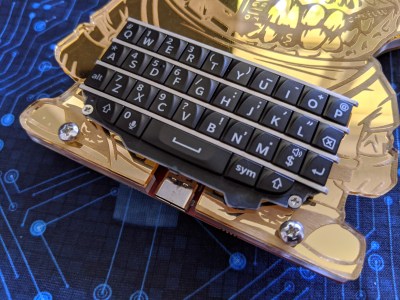




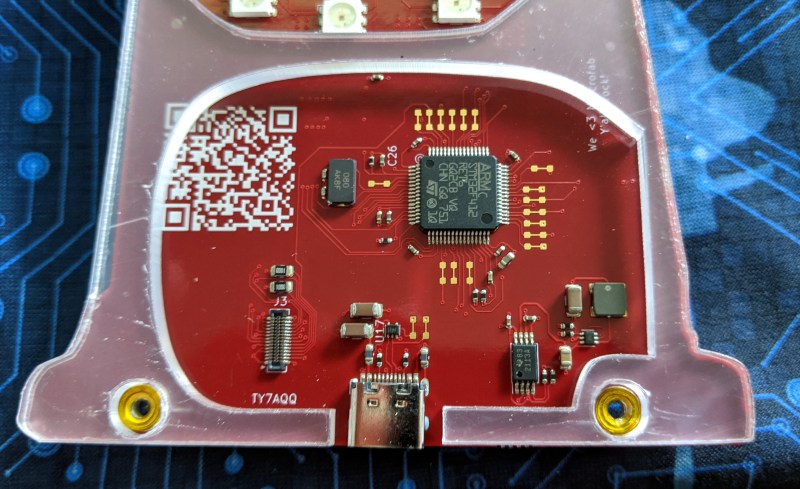


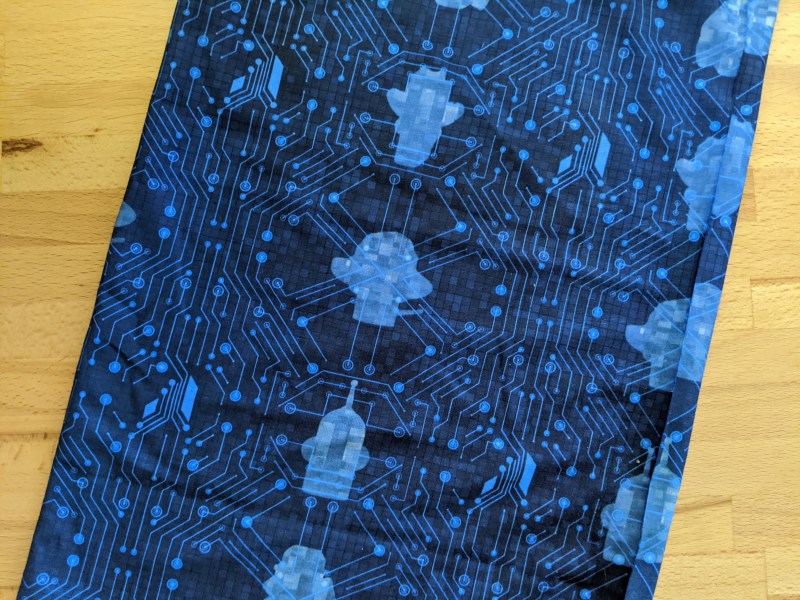
















page break please